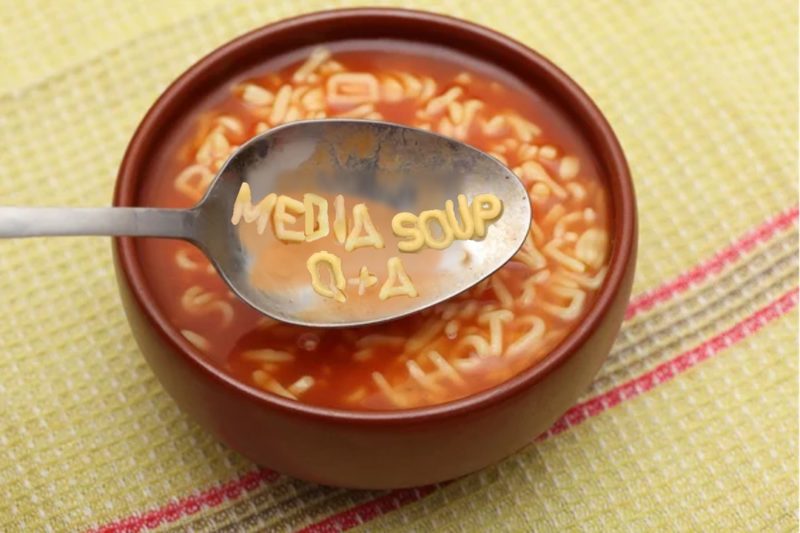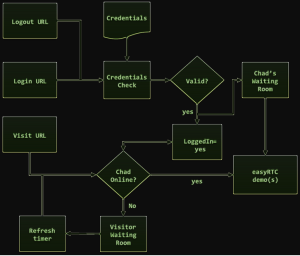I interviewed mediasoup’s co-founder, Iñaki Baz Castillo, about how the project got started, what makes it different, their recent Rust support, and how he maintains a developer community there despite the project’s relative unapproachability. mediasoup was one of the second-generation Selective Forwarding Units (SFUs). This second generation emerged to incorporate different approaches or address different use cases a few years after the first generation of SFUs came to market. mediasoup was and is different. It is node.js-based, built as a library to be part of a serve app, and incorporated the Object-oriented approaches used by ORTC – the alternative spec to WebRTC at the time. Today, mediasoup is a popular SFU choice among skilled WebRTC developers. mediasoup’s low-level native means this skill is required.
node.js
How to Train a Dog with JavaScript
Maybe I have been working with WebRTC for too long, but I constantly see use cases for it in my daily life. One of the more recent use cases has to do with my dog, Levy. Levy is an Old English Bulldog. Many years ago, when he was a cute little puppy, we would let […]
Build your own phone company with WebRTC and a weekend
Maybe I have been working in the communications industry too long, but much of the usual telephone experience seems ridiculously antiquated to me. Using a string of digits as a user address? Anyone can call you for any reason they want whether I know them and want to speak to them or not? Of all […]



